The Heroes by Joe Abercrombie, a Review
 The Heroes
The Heroes
Joe Abercrombie
Orbit (559 pp., $14.99, trade paperback)
Reviewed by Brian Murphy
“Who cares who’s buried where?” muttered Craw, thinking about all the men he’d seen buried. “Once a man’s in the ground he’s just mud. Mud and stories. And the stories and the men don’t often have much in common.”
—Joe Abercrombie, The Heroes
Although it’s classified as fantasy, don’t be fooled: Joe Abercrombie’s The Heroes is every inch a war story, knee deep in mud and blood, with the term “heroes” used in a rather ironic fashion. You won’t find any heroes here, just a bunch of men trying to live through another day on the battlefield.
It’s also bloody good. While it’s not at the level of the Pulitzer Prize-winning The Killer Angels, and perhaps doesn’t quite stand shoulder-to-shoulder in the same shieldwall as Steven Pressfield’s brilliant Gates of Fire, The Heroes is certainly one of the best books of its kind. Chock full of vivid combat and the incredible stress and strain of war, with a cast of memorable if not particularly deep characters and enough twists to keep you guessing to the end, it’s a terrific read for those who enjoy the sights and sounds of combat on the printed page.
 Cabinet des Fées
Cabinet des Fées 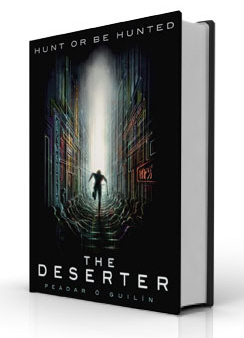

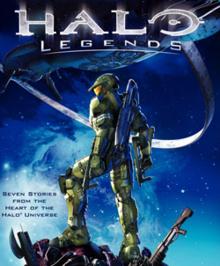
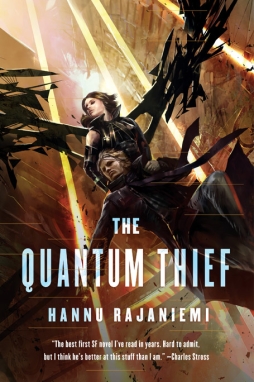 The Quantum Thief
The Quantum Thief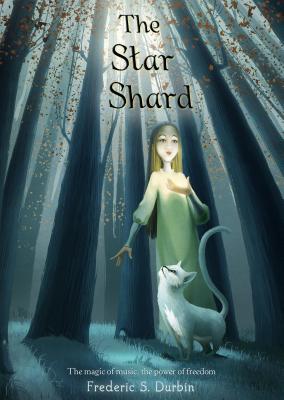
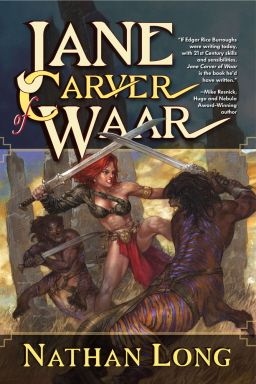
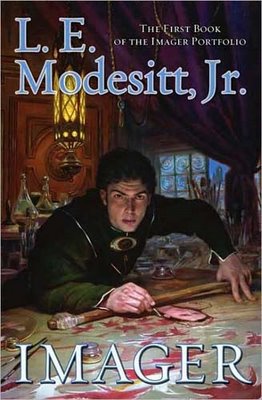
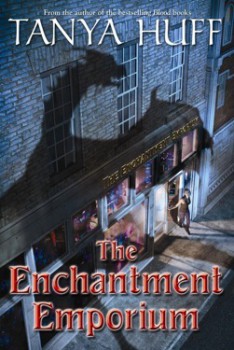 The Enchantment Emporium
The Enchantment Emporium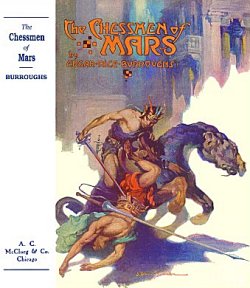 “The squares shall be contested to the death. Just are the laws of Manator! I have spoken.”
“The squares shall be contested to the death. Just are the laws of Manator! I have spoken.”